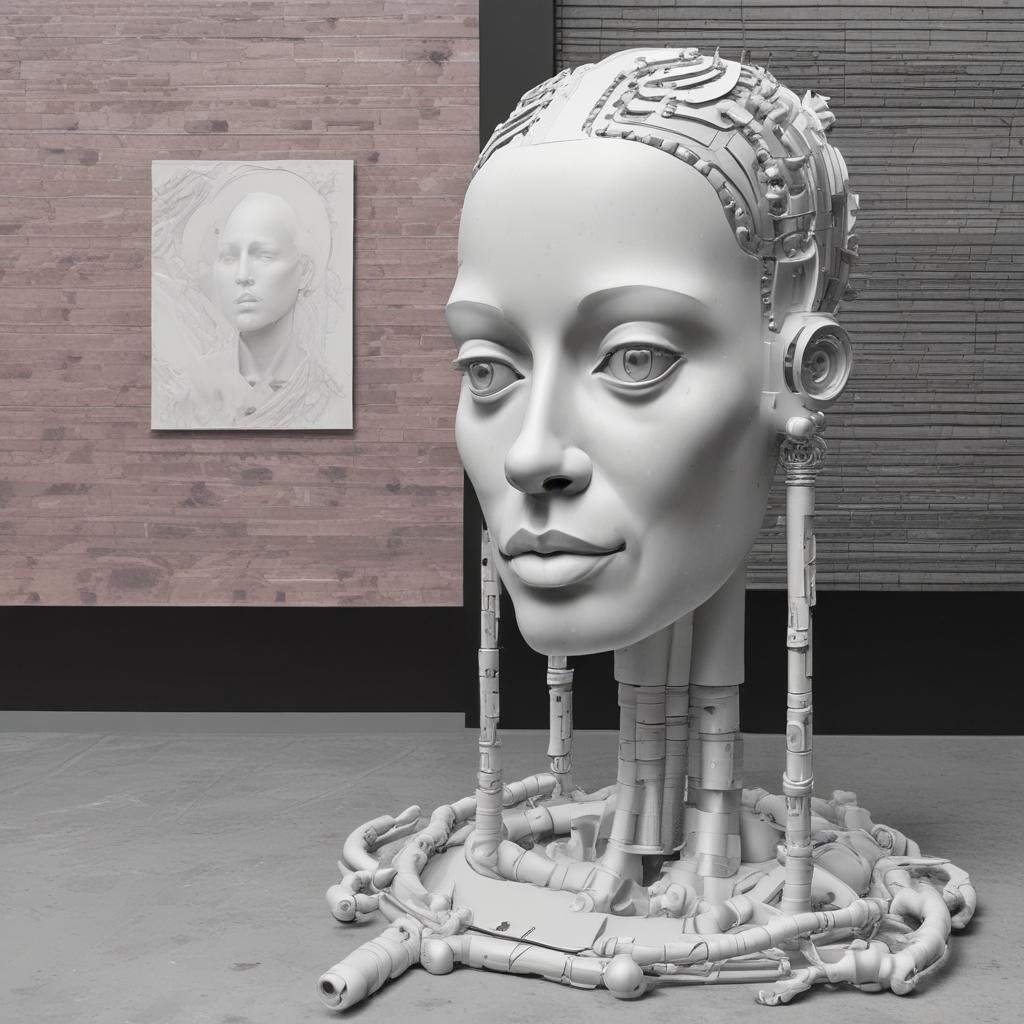Introduction to Ethical Considerations in AI-Generated Art
As artificial intelligence (AI) technology advances, it increasingly intersects with creative domains, notably in the production of art. AI-generated art refers to artistic works created with the involvement of artificial intelligence technology. While AI offers innovative tools for creation, it also raises a range of ethical considerations that artists, tech developers, and the public must consider. This article explores the key ethical issues surrounding AI-generated art and provides guidance to navigate this evolving landscape responsibly.

1. Attribution and Authorship
One of the primary ethical considerations in AI-generated art centers on attribution and authorship. Determining who the "creator" of an artwork is becomes complex when an AI system significantly contributes to the final product. Ethical practices suggest:
- Transparently acknowledging both the human artist and the role of AI in the creative process.
- Ensuring clear communication regarding how much of the work was generated by AI and what inputs were provided by the human.
- Considering legal frameworks that might affect copyright claims and ownership rights.
2. Transparency
Transparency in the use and operation of AI tools in art creation is vital. Stakeholders, including artists, audiences, and buyers, should have a clear understanding of how AI has been involved in the creative process:
- Fully disclosing the nature of the AI’s involvement in promotional materials and at points of sale.
- Educating consumers about what AI-generated art entails, potentially demystifying the technology’s role.
- Ensuring that AI's limitations and capabilities are honestly represented to avoid misleading consumers.
3. Intellectual Property
AI-generated art often utilizes training data that may include copyrighted works. Ethical creation of AI art should consider the implications of this usage:
- Acquiring necessary licenses for the data used in training AI models.
- Using only data that are ethically sourced or in the public domain.
- Respecting the intellectual property rights of original content creators, thereby avoiding legal and ethical disputes.
4. Originality and Creativity
The question of originality in AI-generated art is a contentious issue. Can a machine be truly creative, or is it merely replicating patterns it has learned from existing artworks?
- Encouraging discussions about what constitutes creativity and how AI fits into these definitions.
- Promoting AI as a tool that can be used to extend human creativity rather than replace it.
- Creating AI art that pushes boundaries and explores new artistic frontiers, rather than merely imitating existing styles.
5. Impact on Human Artists
The rise of AI in art could potentially disrupt traditional art-making practices and impact the livelihoods of human artists:
- Promoting fair competition between AI-generated works and traditional art forms.
- Supporting initiatives that incorporate AI in a way that complements and enhances human artistry, rather than replaces it.
- Ensuring equitable exposure and opportunities for both AI-generated art and traditional human-created art in galleries and exhibitions.
6. Biases in AI
AI systems often inherit biases from their training data, which can influence the kind of art they produce. Addressing biases is essential for ethical AI art creation:
- Implementing rigorous checks to identify and mitigate biases in AI models.
- Ensuring diverse and inclusive datasets for training AI systems.
- Raising awareness about the potential biases that could be exhibited in AI-generated art and striving for inclusivity in AI-generated outputs.
7. Automation and Job Displacement
Concerns about AI leading to automation and job displacement extend to the artistic fields. It is important to address these concerns ethically:
- Developing strategies to use AI in a way that supports artistic jobs and professions, rather than diminishing them.
- Investing in education and training for artists to skillfully incorporate AI tools into their practices.
- f
- Facilitating dialogues between technologists and artists to create synergies and understand mutual interests.
8. Ethical Use of AI Technologies
Ensuring the ethical use of AI technologies in art goes beyond creation processes—it encompasses the broader implications of AI’s integration into society:
- Adhering to general AI ethics principles, such as ensuring user privacy, security, and promoting well-being.
- Maintaining human oversight in AI-driven systems to prevent unwanted ethical issues.
- Encouraging ethical standards and guidelines that guide AI use in creative industries.
9. Environmental Impact
The environmental impact of training large AI models is a growing concern. Creating AI art responsibly includes considering the ecological footprint:
- Optimizing AI algorithms to be more energy-efficient.
- Using environmentally friendly infrastructure and energy sources for AI systems.
- Promoting awareness and measures to reduce the carbon footprint in AI-powered art production.
Conclusion
The intersection of AI and art presents an exhilarating array of possibilities yet introduces a complex web of ethical issues. As AI continues to evolve and permeate the artistic world, embracing an ethical approach becomes not only beneficial but essential for fostering an ecosystem where art, technology, and ethical values thrive together. By addressing these ethical considerations, stakeholders can help ensure that the future of AI-generated art is as responsible as it is innovative.X*****


.jpg)






.jpg)



0 Comments